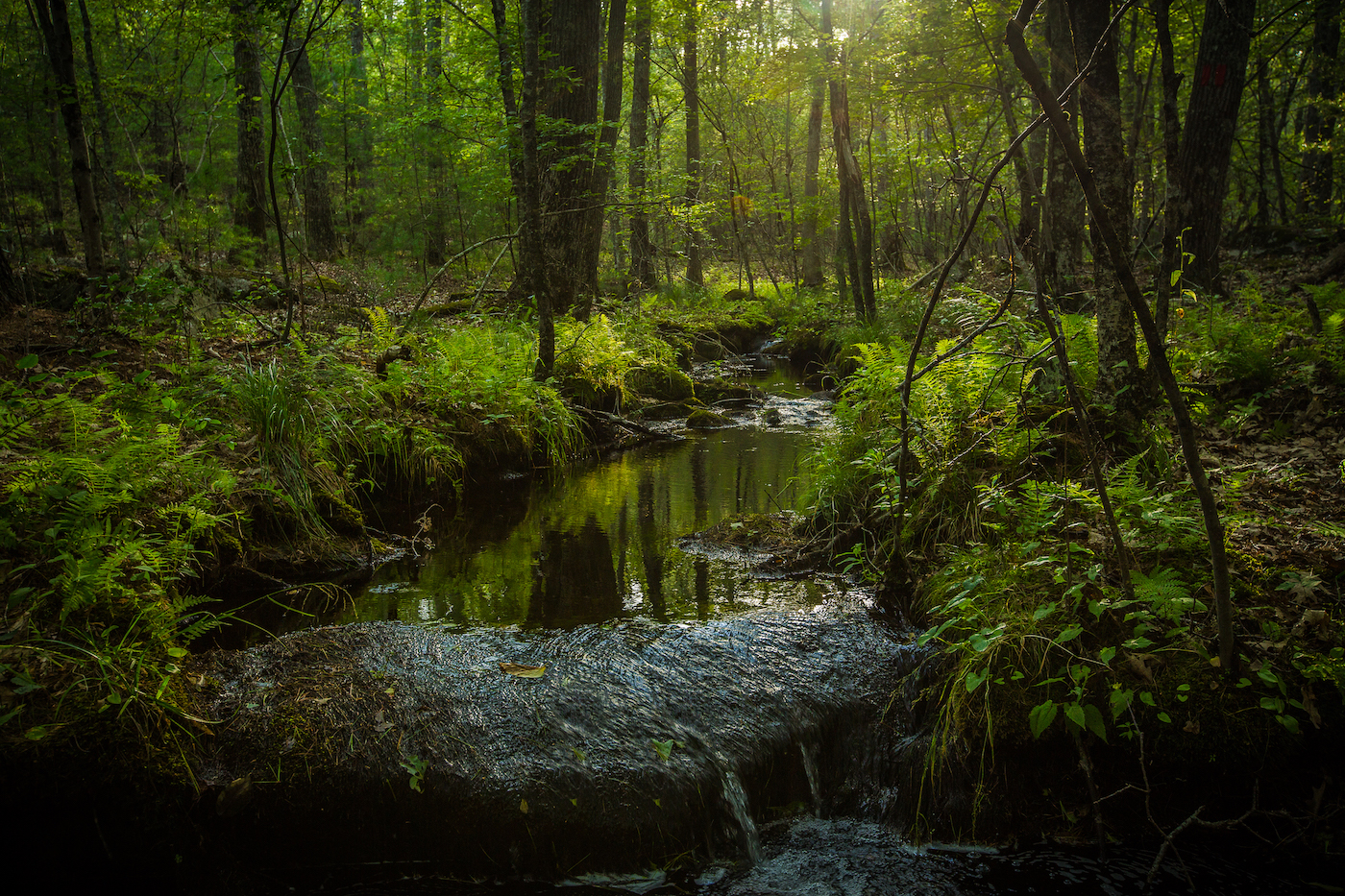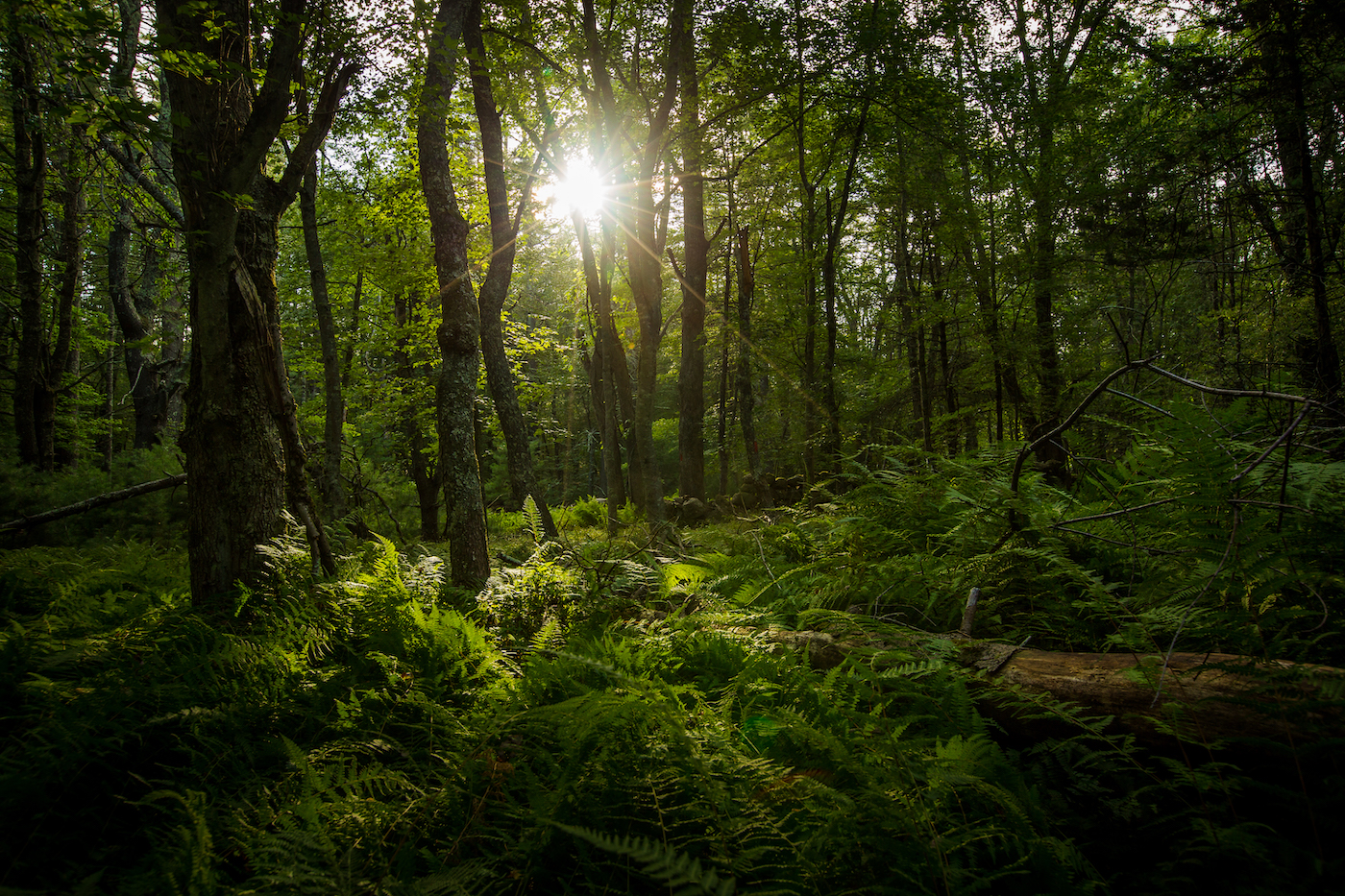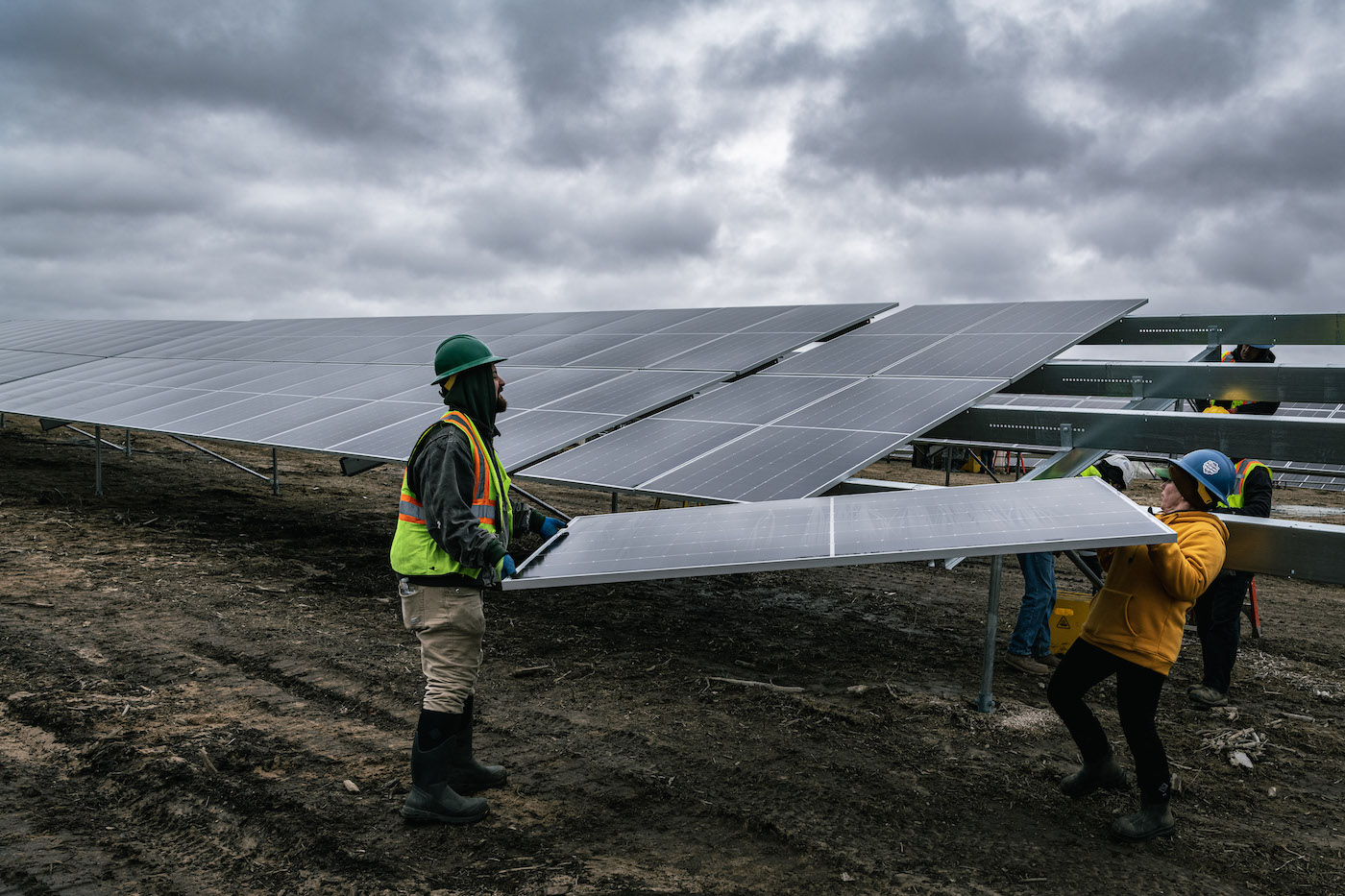Solar Power and Forest Preservation
New compromise reflects agreement among conservationists, labor and developers to advance clean energy without sacrificing forests.
The climate crisis is urgent. We need rapid deployment of renewable energy to respond to the crisis and achieve the science-based goals in the Act on Climate, which became law in Rhode Island in 2021. At the same time, protecting our forested areas, particularly large tracts of undisturbed forest, is increasingly important in the face of climate change.
For years, solar development and forest protection have been at odds, but that is changing. We can have both.

In June 2023, the General Assembly approved long overdue solar siting reform legislation that shifts projects away from core forests and toward roof tops, parking lots and other industrial sites. The bill was championed by Rep. June Speakman and Sen. Alana DiMario and represented a hard-fought compromise negotiated this year by an unlikely coalition of environmentalists, labor unions and developers.
Why were so many solar projects being sited in Rhode Island’s forests?
Under the old law, state programs to promote solar energy development benefited the lowest price options. And most of the time, it was cheaper to clear-cut large tracts of forestland for solar than to install it in already disturbed areas.
But don’t we need forests to help achieve our climate goals?
Yes. Rhode Island’s largest, undisturbed forest areas play a critical role in absorbing and sequestering carbon emissions. Forests also serve as the world's most effective water filtration system, provide habitat for wildlife and offer recreational opportunities, like hiking, birdwatching and mountain biking, for thousands of visitors each year.
How does the new legislation work?
Solar Siting Reform Achieves These Goals
Organizations Endorsing Landmark Solar Siting
The Nature Conservancy, Audubon Society of RI, Save The Bay, RI Land Trust Council, IBEW Local 99, Climate Jobs RI and Revity.




